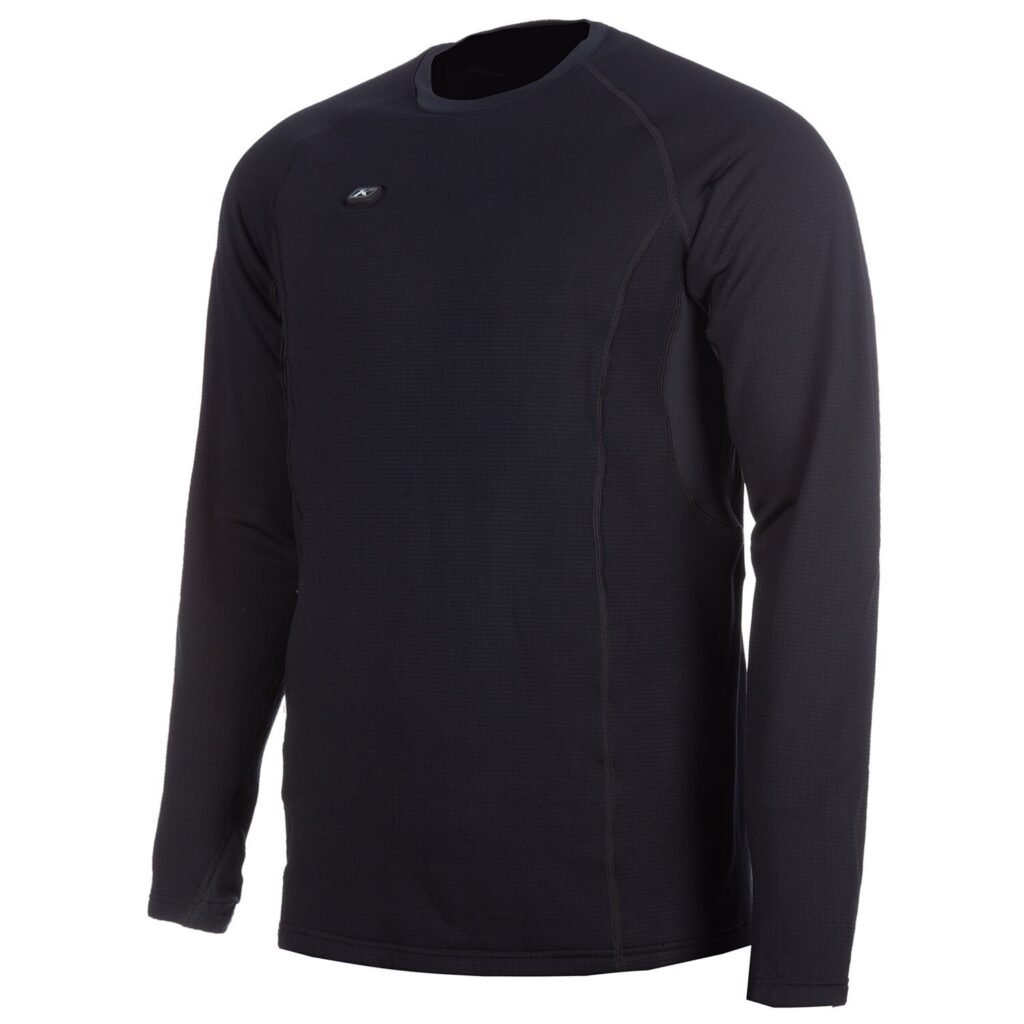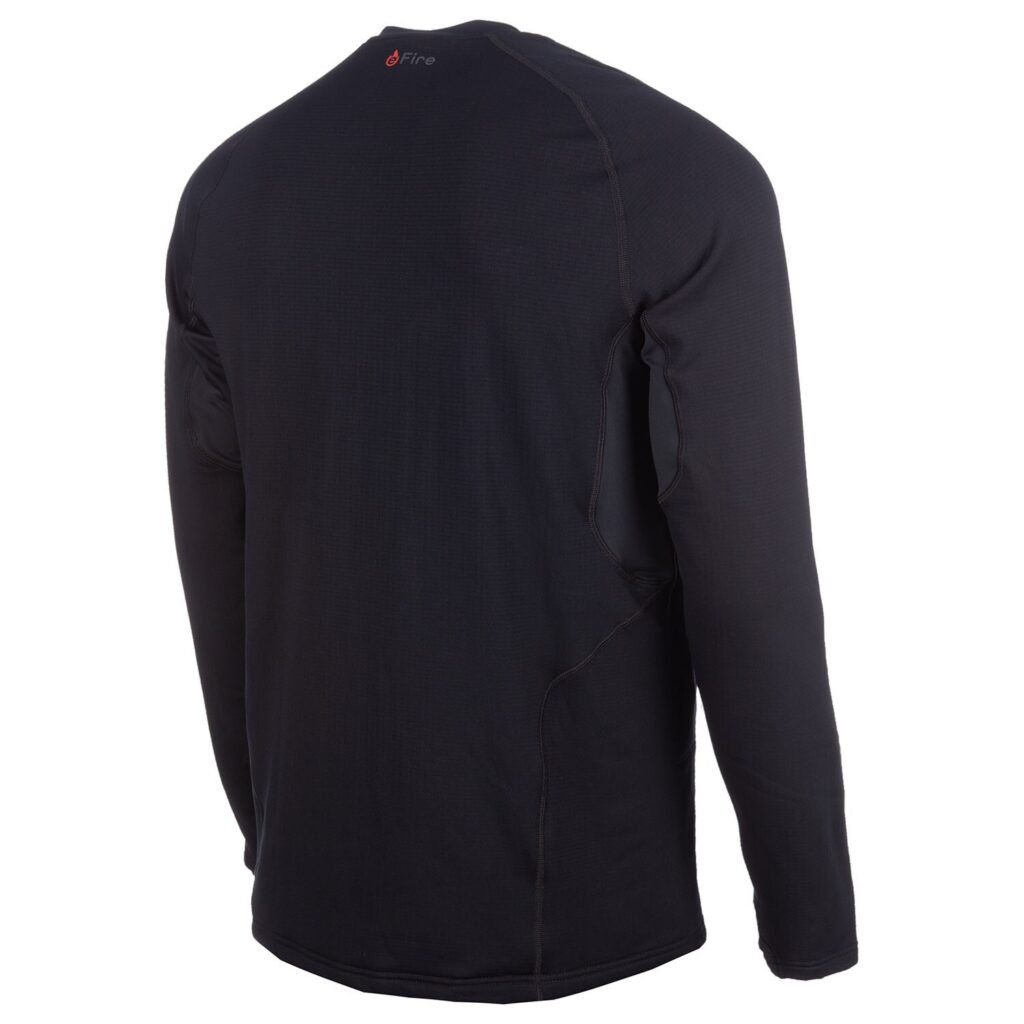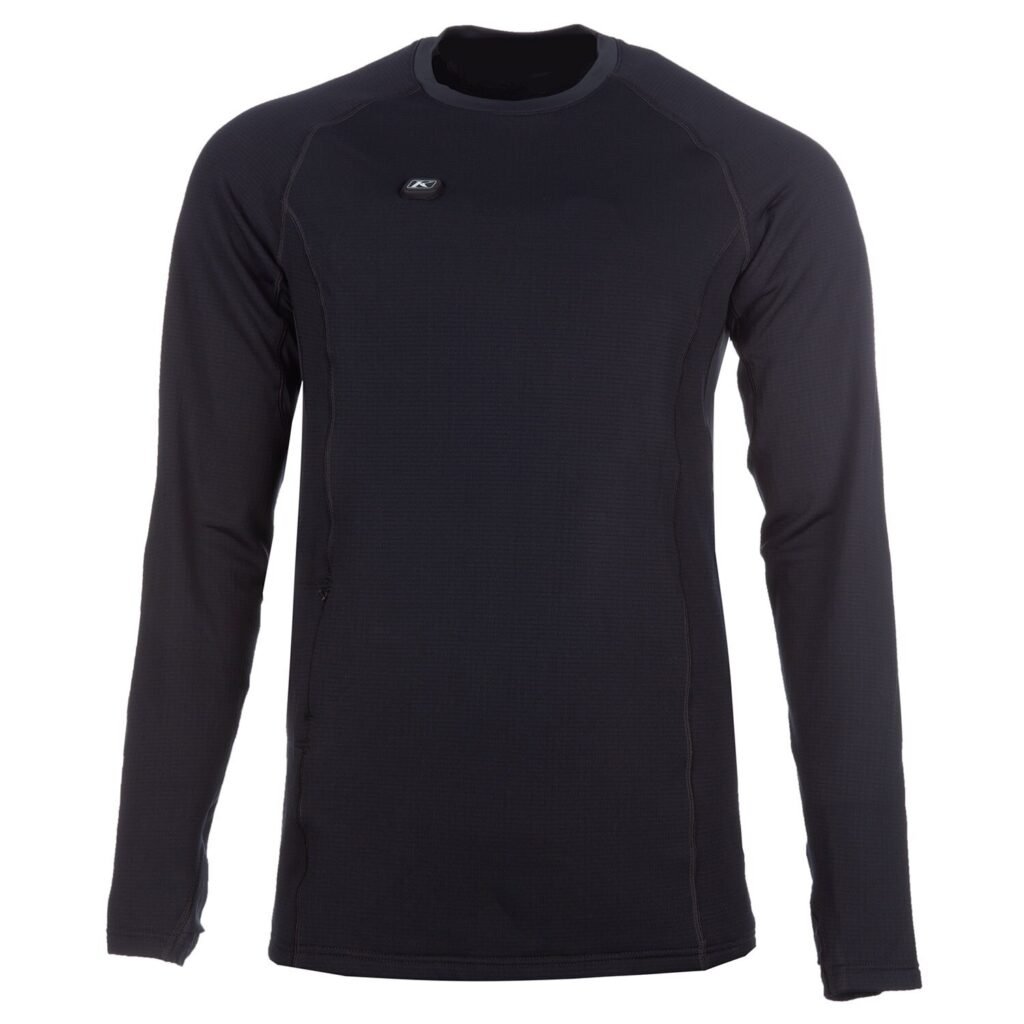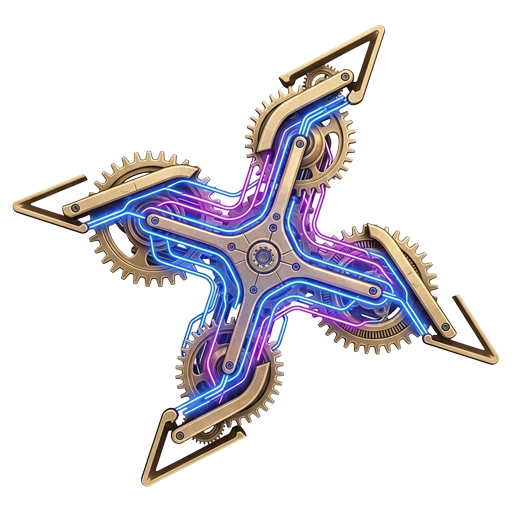The engineering challenge of cold-weather motorcycle riding is not simply a matter of insulation. It is a dynamic problem of thermal regulation. The human body is a furnace, and the rider’s gear is the complex HVAC system tasked with retaining, venting, and, when necessary, generating heat. For years, the solution has been a clumsy patchwork of bulky layers or cumbersome liners wired directly to the motorcycle’s electrical system. Klim, a brand built on solving the most complex problems in technical riding apparel, proposes a more elegant solution with the Aggressor -1.0 eFire Heated Shirt. This is not just another heated garment; it is a fundamental rethinking of the base layer as an active, integrated component of the rider’s core thermal strategy.

Deconstruction: Beyond the Heated Wire
At its foundation, the Aggressor -1.0 is built on a proven Klim platform. The chassis is a polyester-spandex blend with a grid-fleece construction. This design is not arbitrary; the channels created by the grid are engineered to trap a boundary layer of air, the most effective insulator, while the fabric itself actively wicks moisture away from the skin. In any layering system, moisture is the enemy, rapidly conducting heat away from the body. The Aggressor’s primary function, even before the electronics are activated, is to be a high-performance, moisture-managing base layer. Flat-lock seams and thinner gussets in the underarms eliminate bulk and chafing, acknowledging that this garment must live comfortably under multiple other layers for hours on end.
The active heating element is where this base layer transcends its category. Klim utilizes carbon nano-core technology—specifically, three heated panels: two vertically oriented on the chest and one on the upper back. This is a critical distinction from traditional wired heated gear. Instead of resistive wires, which can create hot spots and are susceptible to breakage, carbon fiber elements provide a broad, even distribution of radiant heat. This form of heat is more penetrating and efficient, warming the body’s core directly.
Powering the system is a compact, self-contained USB-C battery that resides in a dedicated, low-profile pocket. This untethers the rider from the machine, a crucial advantage for mobility on and off the bike. Control is managed through a single, large, silicone-housed button on the upper right chest, designed for easy actuation even with gloved hands. Its placement is deliberate, avoiding interference from backpack straps or the overlapping closures of a jacket.

Performance Analysis: A Test of Core Principles
The Aggressor -1.0 eFire system is evaluated on two fronts: its effectiveness as a technical base layer and its performance as an active heating unit.
As a base layer, the poly-spandex material performs exactly as expected from a premium technical fabric. It is comfortable against the skin and manages moisture effectively during periods of physical exertion. The fit is athletic, as it must be for the heating elements and moisture-wicking properties to function optimally. It integrates seamlessly beneath mid-layers and an outer shell, with no discernible bulk from the internal wiring or heating panels.
Activating the eFire system reveals its true purpose. The system offers three distinct heat modes, indicated by a color-coded LED on the control button: Low (Green), Medium (Blue), and High (Red). On the High setting, the heat is immediately noticeable, a deep and pervasive warmth that radiates through the chest and back. It is not a scorching surface heat but a therapeutic warmth that combats the deep chill that can settle in a rider’s core.
Battery life is the central pragmatic concern for any self-contained unit. Klim’s claims of up to 8 hours on low, 3.5 on medium, and 2.5 on high are realistic for intermittent use. However, for a continuous “on” state in truly cold conditions, a rider should expect to manage the settings strategically. The key is to use the system intelligently—not as a constant-on furnace, but as a thermal regulator. A blast of high heat to restore core temperature, followed by a sustained period on low or medium to maintain it, is the most efficient and effective methodology. The USB-C charging standard is a welcome, modern touch, allowing for easy recharging from a variety of common power sources.

Synthesis: The Untethered Advantage
The Klim Aggressor -1.0 eFire Heated Shirt represents a significant step forward in personal climate control for the adventure machine operator. By embedding efficient carbon-based heating into a high-performance, moisture-wicking base layer, Klim has created a single garment that solves two problems. It eliminates the need for a separate, often bulky, heated liner and removes the physical tether to the motorcycle.
This untethered freedom cannot be overstated. It simplifies the entire process of riding in the cold. There are no wires to connect or disconnect when mounting or dismounting the vehicle. The heat is available during roadside stops, map checks, or while setting up camp at the end of a long day’s ride. It transforms the concept of heated gear from a vehicle accessory into a piece of personal equipment.
The limitation, as with any battery-powered device, is endurance. Riders embarking on multi-day journeys without access to charging will need to carry spare batteries or plan their energy usage carefully. However, for the vast majority of riders, from the daily commuter to the weekend adventurer, the onboard battery life is more than sufficient when managed with foresight.
The Aggressor -1.0 eFire is not for the casual rider. It is a purpose-built tool for those who refuse to let the thermometer dictate their riding season. It is an investment in comfort, safety, and the extension of one’s own endurance. By ensuring the body’s core remains warm, a rider preserves the energy, focus, and fine motor skills essential for safe operation. This shirt is the intelligent, efficient, and liberated core of a modern cold-weather riding system.

